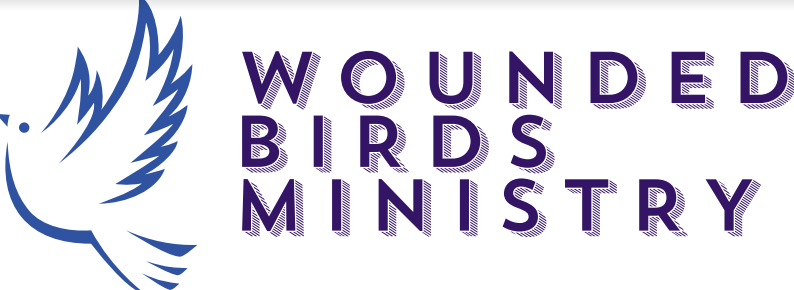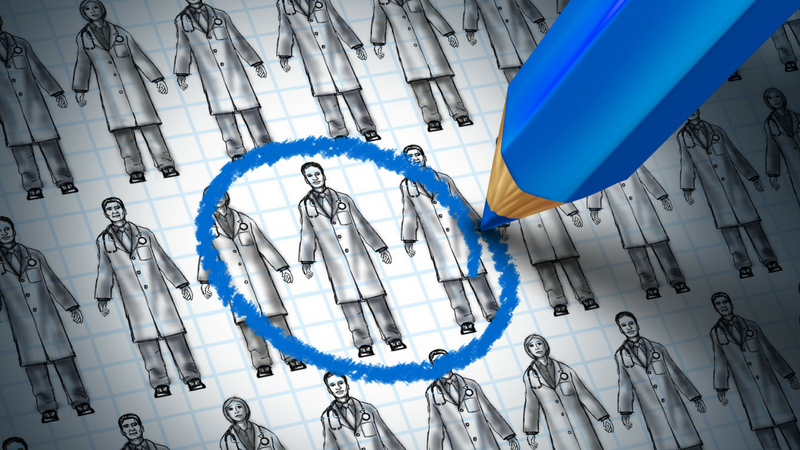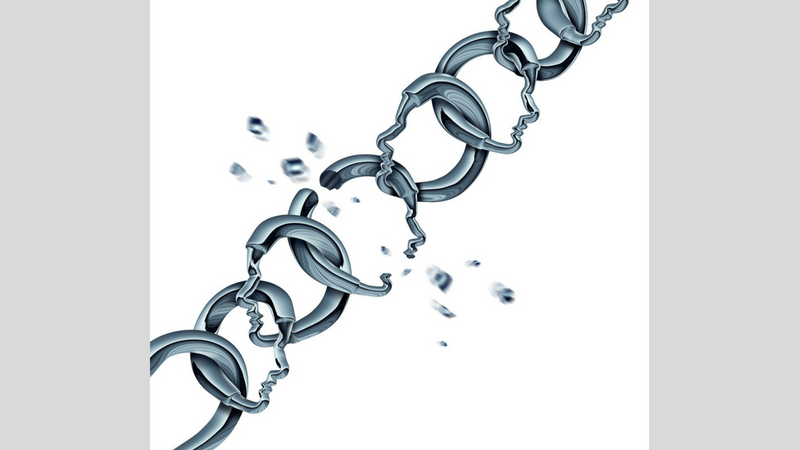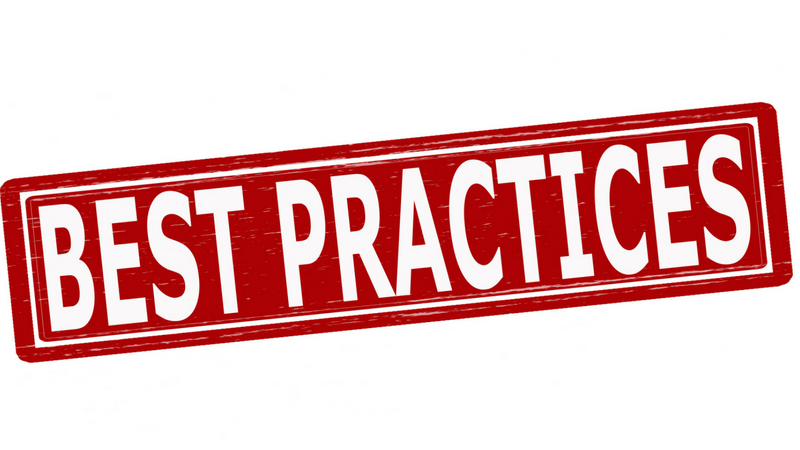How to Get a Mental Illness Diagnosis
Note: If you have thoughts of harming yourself or others, please stop reading this and call 9-1-1 or go straight to the hospital. It will shortcut the process I lay out below to get a mental illness diagnosis and expedite your case. It’s OK to get immediate help. You are worth it; this world needs you.
Maybe you’ve had trouble sleeping lately, or you’re sleeping too much. Maybe your thoughts are racing, or you can’t quiet them down or rationalize them away. Maybe your fears are starting to dominate your life, or your relationships are strained to the point of breaking.
Maybe you’re having trouble keeping a job, a place to live, or anything vaguely resembling money. Maybe you have addiction in your past; maybe not. Maybe you recognize a pattern of self-sabotage or forgetfulness or self-isolation.
Maybe, you think, you should see someone. Maybe it’s time to get some help. Maybe it’s not even you who thinks this: maybe your spouse or your friends are suggesting it’s time to see a doctor or find a way to get some help and break out of whatever funk you’re in.
Maybe, it’s time to get a mental illness diagnosis.
Whatever your “maybe” is, it brought you here. You may be feeling anxious and stressed out, but also ready to find a way to feel better. To have a better life. A more fulfilling life.
Congratulations – this is the most important step. While I won’t lie and say that everything is easy from here, I will say that your commitment to yourself is the foundation of everything that comes next.
It helps you make your way through the struggle and the changes and everything that may come next. It is also the foundation of a better life. By declaring yourself valuable and worthy of a better life, you are taking that crucial first step into a new world.
Welcome.
“Thanks, Teresa,” you’re probably thinking, “but I don’t know where to go from here. What do I do?”
I got you.
My Advice to Get a Mental Illness Diagnosis
I fell into treatment. I got lucky. Let’s set you up for better success.
Here are, in order, the steps that I would take if I were to start from scratch today:
Note: Some of these steps may feel like a lot. It’s OK to break them down into smaller pieces. There are no bonus points for getting it all done in one go, though some find that easiest.
1. Pray that God guides me through the process and helps me find the right people who can find me and help me heal.
2. Call my insurance provider.
There are a few steps here, starting with figuring out what your coverage looks like. There’s a difference between seeing someone who “accepts your insurance” and is “in-network.” Sometimes, those cost differences are massive. Understanding the difference here is important, especially if (like me) you have to be on a tight budget.
Also, some insurers offer you “up to six visits” (I have no clue where that number comes from). Ask what happens if you discover that you need more visits after that.
The next questions I would ask is how I get into treatment if I do get a mental illness diagnosis. Do I need a referral from my general practitioner/primary care physician? Or can I self-refer?
Also, ask if they offer group classes. The evidence is clear that classes are often highly-effective when the student engages with them.
Last, I would ask for a list of in-network psychiatrists (doctors who can write prescriptions) and therapists (the doctors we talk our issues out with). I would also ask if they have a review system or a way I can get more information about the professionals listed.
Note: A lot of people stop here because the process feels overwhelming. I get it. It may be appropriate to take a break for a day or two at this point; I would just encourage you to come back to this effort. You deserve to feel better.
3. Review the list of providers I received from my insurer. I would make phone calls and find out who is currently accepting patients, how soon I can get my first appointment, and hopefully get a sense of the doctor as best as possible.
Sometimes, though, you’re going through several layers and may not be able to speak to your doctor directly on the phone.
There are two basic types of providers in mental health: psychiatrists and psychologists/therapists. They play different, equally important roles. Psychologists and therapists provide talk therapy, sometimes offered alongside some additional out-patient therapies such as EMDR and EST.
A good therapist (and not all are good, so don’t feel like you’re a failure if you’ve found a bad one) will help you explore your emotions and your experiences. Often this results in healing old wounds and enabling you to reduce your emotional intensity. Psychologists/therapists are usually well-qualified to determine an accurate mental illness diagnosis (if you have one).
Psychiatrists, while they can offer talk therapy, usually don’t. They typically focus on prescribing medications to help our brains function better. These may be anti-depressants, mood stabilizers, anti-anxiety medications, etc.
Psychiatrists get strong training in medications and diagnosis and understand that sometimes our reactions to medications point to a different mental illness diagnosis. For example, someone with bipolar disorder may initially come in with a depression diagnosis. When put on an anti-depressant, they may have a manic or hypomanic episode, which indicates that anti-depressants are the wrong answer for this person.
Note: Sometimes, it can take a while to get an appointment. It’s unfortunate, but I’ve heard of wait times up to four weeks. Please don’t let that defeat you. Keep pressing forward. You’re worth it.
If there are legitimately few or no solid professionals in your area, consider checking out an online therapy option like BetterHelp. They will help you get to someone you like and can trust.
4. Make an appointment. Keep your appointment. Show up for your appointment.
The biggest key to success is getting started. Sometimes, we are feeling a little bit better than we did when we made the appointment, so we brush it off.
Other times, our situation has degenerated to the point that we think there’s no possible way someone can help us. Others, we are uncomfortable meeting someone new and afraid they will judge us.
These are all normal thoughts in this situation, believe me! Regardless of how you feel, I encourage you to show up for your appointment. If you’re feeling better, you may be able to figure out why. Or, you may discover (as I did) that your “better” is still not “good.”
After your appointment, I encourage you to follow through on the treatment plan, unless you have good reason to distrust the professional you saw. In that case, please press forward to find someone else you can see.
My last piece of advice is this: Join a support group. Some churches offer support through programs such as Living Grace, Celebrate Recovery, and Fresh Hope. Otherwise, there are 12-step programs for people recovering from addictions, or you can check out NAMI.org for mental illness-specific support groups in your area.
Seeing and hearing from others who have our experiences and can share hope and tears with us (and without judgment, because they get it!) is an amazing experience. These are especially helpful if you don’t have a strong support network for your experiences.
So, there you go. Real, honest, practical advice on how to move forward with getting a mental illness diagnosis and starting a treatment plan. It may feel overwhelming, so break down each piece into smaller parts. It’s OK to take your time, just remember that you deserve a fulfilling life.
I’d love to hear your experiences with starting treatment and finding a doctor. What worked for you? What advice do you have for others just getting started?
Looking for daily inspiration and community? Join our warm and supportive Facebook group!









